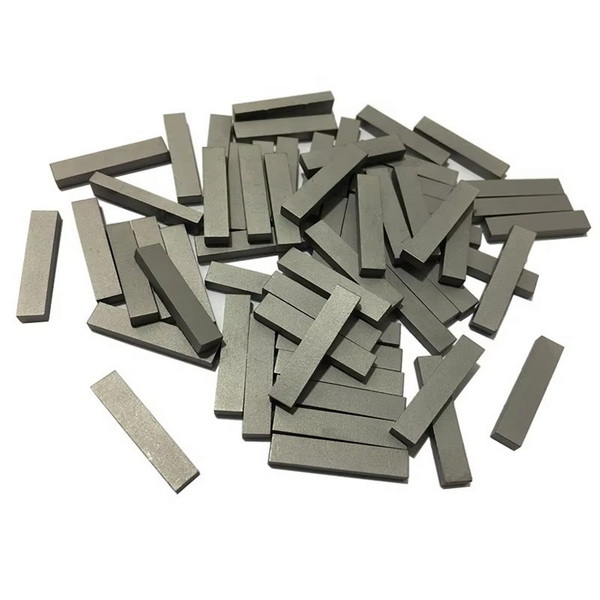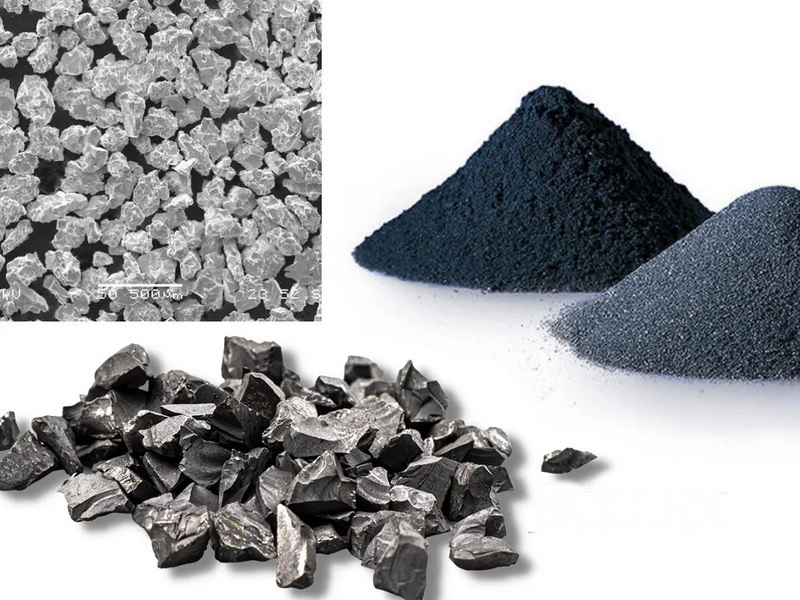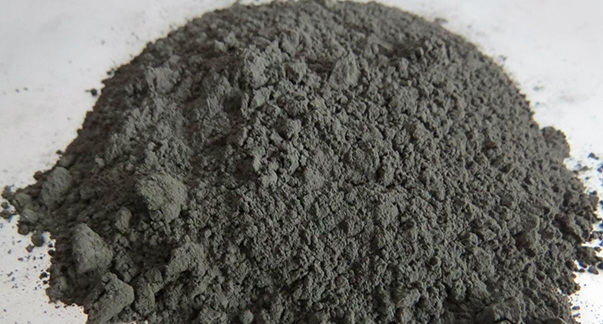Content Menu
● Introduction to Tungsten Carbide
>> Composition and Uses
● Health Effects of Tungsten Carbide Exposure
>> Short-Term Health Effects
>> Long-Term Health Effects
● Safety Precautions
● Environmental Impact
>> Sustainable Practices
● Regulatory Framework
>> Compliance and Enforcement
● Technological Innovations
>> Future Directions
● Public Awareness and Education
>> Community Engagement
● Conclusion
● Frequently Asked Questions
>> 1. What are the common health effects of tungsten carbide exposure?
>> 2. How can I protect myself from tungsten carbide dust?
>> 3. Is tungsten carbide carcinogenic?
>> 4. What are the symptoms of hard metal lung disease?
>> 5. Can tungsten carbide cause skin burns?
● Citations:
Tungsten carbide, a compound of tungsten and carbon, is renowned for its exceptional hardness and resistance to wear and high temperatures. It is widely used in various industrial applications, including cutting tools, wear parts, and even jewelry. However, its toxicity has raised concerns among workers and consumers alike. This article delves into the potential health risks associated with tungsten carbide exposure and explores measures to mitigate these risks.

Introduction to Tungsten Carbide
Tungsten carbide is a metal alloy primarily composed of tungsten and carbon, often combined with other metals like cobalt or nickel to enhance its properties. Its hardness and durability make it ideal for applications where high wear resistance is crucial.
Composition and Uses
- Composition: Tungsten carbide is typically made by sintering tungsten carbide powder with a binder, such as cobalt or nickel, which enhances its toughness and strength.
- Uses: It is used in cutting tools, wear parts, and even in some consumer products like jewelry due to its durability and aesthetic appeal.
Health Effects of Tungsten Carbide Exposure
Exposure to tungsten carbide can occur through inhalation of dust, skin contact, or ingestion. The health effects vary depending on the duration and level of exposure.
Short-Term Health Effects
1. Skin Irritation: Tungsten carbide can cause skin allergies, leading to rashes or itching upon contact. Even low levels of future exposure can trigger these reactions.
2. Eye Irritation: Dust from tungsten carbide can irritate the eyes, causing redness and discomfort.
3. Gastrointestinal Issues: Ingestion may lead to gastrointestinal irritation.
Long-Term Health Effects
1. Respiratory Problems: Inhalation of tungsten carbide dust can lead to respiratory issues, including wheezing, coughing, and shortness of breath. Chronic exposure may result in permanent lung damage, such as pulmonary fibrosis or "hard metal lung disease".
2. Cancer Concerns: While tungsten carbide itself is not classified as carcinogenic, cobalt, a common additive, is considered "probably carcinogenic" by the International Agency for Research on Cancer (IARC).
Safety Precautions
To mitigate the risks associated with tungsten carbide exposure, several safety measures can be implemented:
1. Personal Protective Equipment (PPE): Use respirators, gloves, and protective clothing to prevent skin contact and inhalation.
2. Ventilation Systems: Ensure proper ventilation in work areas to reduce dust concentration.
3. Wet Methods: Use wet methods or HEPA-filtered vacuums to minimize dust generation during grinding or polishing.
4. Hygiene Practices: Regularly wash hands and change contaminated clothing to prevent ingestion or skin contact.
5. Training and Awareness: Provide workers with comprehensive training on handling tungsten carbide safely and the importance of adhering to safety protocols.

Environmental Impact
Besides health risks, tungsten carbide also has environmental implications. The mining of tungsten can lead to environmental degradation and pollution. Additionally, improper disposal of tungsten carbide products can contaminate soil and water.
Sustainable Practices
- Recycling: Encourage recycling of tungsten carbide products to reduce waste and minimize environmental impact.
- Responsible Mining: Support mining practices that adhere to strict environmental standards.
Regulatory Framework
Governments and international organizations have established regulations to manage the risks associated with tungsten carbide. These include guidelines for safe handling, exposure limits, and environmental protection measures.
Compliance and Enforcement
- Standards and Guidelines: Adhere to standards set by organizations like OSHA (Occupational Safety and Health Administration) for workplace safety.
- Regular Inspections: Conduct regular inspections to ensure compliance with safety and environmental regulations.
Technological Innovations
Advancements in technology are helping to reduce the risks associated with tungsten carbide. For instance, new manufacturing techniques can minimize dust generation, and alternative materials are being developed to replace cobalt.
Future Directions
1. Cobalt-Free Alternatives: Research into cobalt-free binders could significantly reduce health risks.
2. Improved Ventilation Systems: Enhanced ventilation systems can more effectively reduce airborne dust concentrations.
Public Awareness and Education
Public awareness and education are crucial in preventing tungsten carbide-related health issues. Educating workers and consumers about the risks and necessary precautions can significantly reduce exposure incidents.
Community Engagement
- Workshops and Seminars: Organize workshops to educate workers on safe handling practices.
- Public Campaigns: Launch public campaigns to raise awareness about the potential health risks associated with tungsten carbide.
Conclusion
Tungsten carbide, while not inherently toxic, poses health risks when combined with other metals like cobalt or nickel. Proper safety measures and awareness of potential health effects are crucial for individuals working with or exposed to tungsten carbide. Additionally, adopting sustainable practices and complying with regulatory frameworks can help mitigate both health and environmental risks.

Frequently Asked Questions
1. What are the common health effects of tungsten carbide exposure?
Tungsten carbide exposure can lead to skin allergies, eye irritation, respiratory issues, and potentially long-term lung damage. When combined with cobalt, it may also pose cancer risks.
2. How can I protect myself from tungsten carbide dust?
Use personal protective equipment like respirators and gloves, ensure good ventilation, and adopt wet methods to minimize dust generation.
3. Is tungsten carbide carcinogenic?
Tungsten carbide itself is not classified as carcinogenic, but when combined with cobalt, it may pose cancer risks due to cobalt's carcinogenic potential.
4. What are the symptoms of hard metal lung disease?
Symptoms include wheezing, coughing, shortness of breath, and in severe cases, pulmonary fibrosis.
5. Can tungsten carbide cause skin burns?
Yes, contact with tungsten carbide can cause severe skin irritation and burns, especially if it contains nickel or cobalt.
Citations:
[1] https://int-enviroguard.com/blog/tungsten-carbide-exposure-are-your-workers-at-risk/
[2] https://www.safetyandhealthmagazine.com/articles/work-safely-with-tungsten-carbide-2
[3] https://powder.samaterials.com/tds/sc/1733388175-DP1931.pdf
[4] https://pmc.ncbi.nlm.nih.gov/articles/PMC8633919/
[5] http://www.casmetcarbide.com/images/Casmet_MSDS-WC.pdf
[6] https://www.zzbetter.com/new/9-safety-precautions-while-using-tungsten-carbide-tools.html
[7] https://pmc.ncbi.nlm.nih.gov/articles/PMC11003356/
[8] https://en.wikipedia.org/wiki/Tungsten_carbide
[9] https://analyticalscience.wiley.com/content/article-do/tungsten-carbide-cobalt-nanoparticles-harmful-health
[10] https://www.ufz.de/index.php?en=35548
[11] https://nj.gov/health/eoh/rtkweb/documents/fs/1960.pdf
[12] https://www.reddit.com/r/metallurgy/comments/ub4dg9/question_about_tungsten_carbide_toxicity/
[13] https://patient.info/doctor/tungsten-poisoning
[14] https://carbideprocessors.com/pages/technical-info/grinding-carbide-health-and-safety-risks.html
[15] https://www.ncbi.nlm.nih.gov/books/NBK598735/
[16] https://www.fishersci.com/store/msds?partNumber=AA4050218&productDescription=TUNGSTEN+CARBIDE+99%25+50G&vendorId=VN00024248&countryCode=US&language=en
[17] https://www.istockphoto.com/photos/tungsten-carbide
[18] https://wwwn.cdc.gov/TSP/PHS/PHS.aspx?phsid=804&toxid=157
[19] https://www.istockphoto.com/photos/tungsten-carbide-drill-bits
[20] https://www.gettyimages.in/photos/tungsten-carbide
















